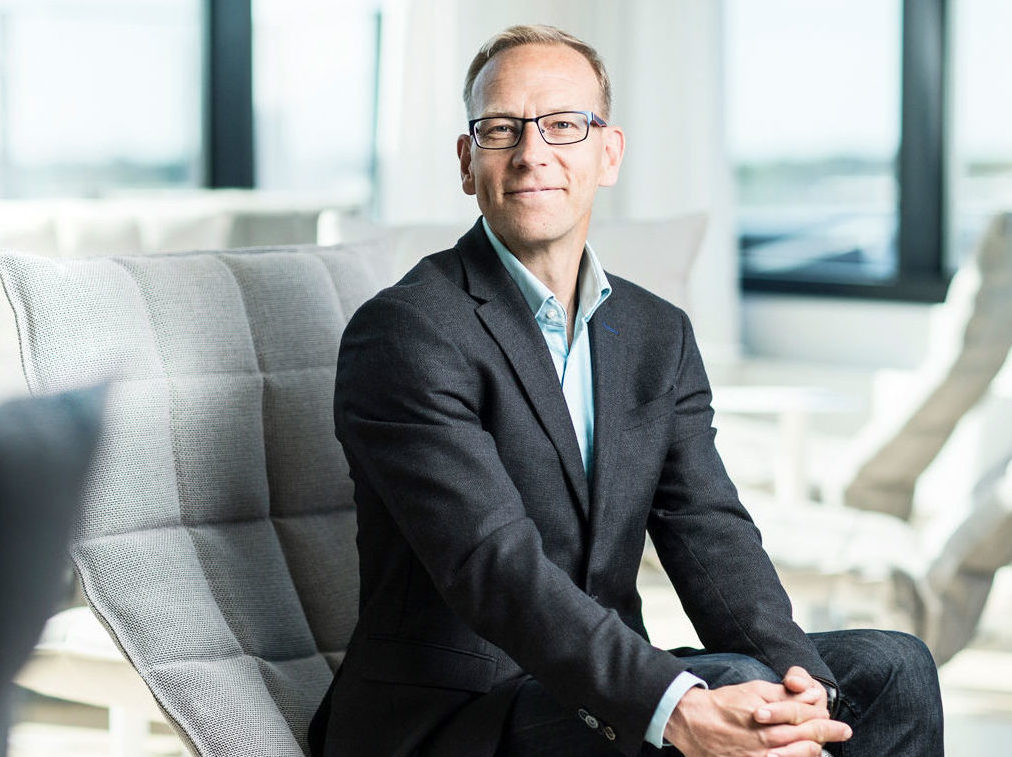So far, the experiences of the new innovation methods have been extremely positive. Cooperation is under way with start-up companies, for example.
Using RadiCamp to find solutions for the power system management
One of the key challenges for the future lies in power system management, as the system becomes ever more decentralised and complex. This is important during normal operation, but it is vital during disturbances in particular. Fingrid’s control room must constantly have a good overview of the power system’s status, and if possible, a prediction of its expected status in the near future.
The RadiCamp concept was used to help find solution models. RadiCamp is a service developed by Innotiimi-ICG, wherein external parties help to find concrete solutions for a company’s strategic challenge.
“This approach is based on an understanding that we can’t do everything ourselves. We come up with new ideas and better solutions when there are skilled workers from several different industries involved in the development work,” explains R&D Manager Jussi Matilainen.
The RadiCamp method is based on workshops. The change in operational environment is first charted in work groups. Then a different set-up asks about the interest groups’ expectations and needs with regard to the status overview and, in this case, control room operations. The rest of the workshops focus on developing and testing the solutions.
A strategic project, Valvomo 2023, is also related to power system management. This project aims to develop a functional model for the future control room, and solutions to achieve this aim.
“One primary goal is better status overview management. The status overview should provide a real-time and accurate overview of the state of the power system,” says Matilainen.
It is also essential to come up with a solution as to how the status overview could be shared between key interest groups in the future. How can we forward the information to the authorities, the police, the fire department, citizens, and the media?
“We are also dependent on data from distribution networks and other interest groups to form part of the status overview. One solution could be an online area where different parties are able to view the information they require.
Maintenance idea competition attracts 60 proposals
In spring 2018, Fingrid opened an idea competition with the aim of developing new maintenance measurement methods and practices. The idea competition concerned the productisation of sensor systems for switching devices, the measurement of power system component temperatures, and the condition monitoring of insulators.
Development aimed to ensure the high system security of the grid, improve grid availability, and improve cost-efficiency. The idea and productisation competition was organised in cooperation with Spinverse. The competition included a partner search for companies, associations and teams of all sizes who want to develop business in the field of condition maintenance. A total of around 60 proposals were submitted to the competition. Winners who will go through to further development projects and pilots were selected during the summer.
A hackathon kicked off high-level pilot projects
The hackathon is an idea competition and workshop which seeks solutions for problems with the aid of external sparring partners. Fingrid organised its first hackathon last autumn, which saw innovative teams producing excellent proposals for solutions for the development of the power system. Industryhack acted as the consultant for the working method.
Of seven participating hackathon teams, four were chosen and their proposals have now undergone further development. The teams’ first task related to the renewal of the power system and the inclusion of small producers and consumers on the markets. The task was to brainstorm how to transfer data from decentralised environments to Fingrid in real-time, data-securely, and cost-efficiently.
The second challenge was to solve how we can predict the state of the system by combining and analysing data from various sources like the energy market, the national production capacity and other relevant sources.
An international innovation competition is investigating spikes in consumption
Fingrid is involved in an international innovation challenge to which different kinds of energy industry visionaries have been invited. The aim of the competition is to find new solutions to ensure power system security in various ways, even during increasing spikes in consumption.
Ten ideas were selected for further development from the two-dozen excellent ideas submitted by the deadline. The group includes well-established companies as well as think-tanks involving just a couple of people.
The solutions differed greatly from one another in type: new technologies, services or pricing structures, or machine learning for use by distribution networks. The challenge was organised by Nordic Innovation Accelerator, Fingrid, Nord Pool, Grid.vc and Lahti Energia. Fingrid’s specialists have participated in mentoring the competitors and in assessing the competition proposals. Two participants were selected at the pitching and sparring event in June to compete at an international pitching event to be organised in London.








